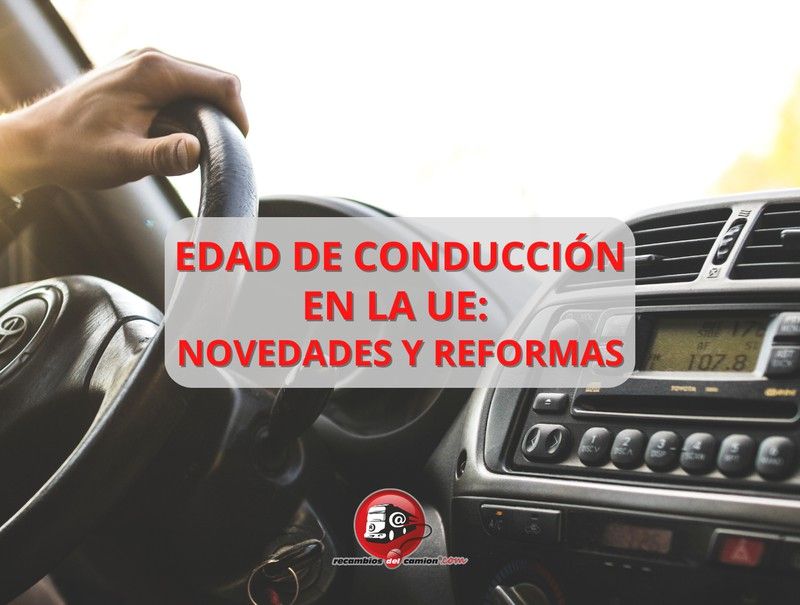Driving age in the EU: news and reforms
Revolution in European mobility: Driving rules from the age of 17 are made more flexible and the age for truck drivers is adjusted. Discover the details of these transcendent changes in transportation.

A historic chapter has been written in the field of leadership in the European Union with a set of revolutionary decisions recently adopted by member countries. This series of substantial changes, announced after intense negotiations at a meeting of transport ministers in Brussels, redefines the rules of the road in the EU and reflects a progressive approach to mobility and road safety.
The first and most notable of these transformations is the possibility that young people can start driving cars from the age of 17, as long as they are accompanied by an adult over 24 years of age who has a license. driving for at least five years. This change, although still subject to discussions and negotiations with the European Parliament for its definitive implementation, marks a milestone in access to driving for young Europeans.
In parallel, a significant reduction in the minimum age for driving trucks has been agreed, going from the current 21 years to 18. However, this adjustment is applied selectively, limited to trucks fire engines, vehicles for the maintenance of public order and those subjected to road tests for repair or maintenance. This measure seeks to adapt to the specific needs of certain sectors without compromising road safety.
In addition, the EU supports the European Commission's proposal to establish that the withdrawal of a driving license in a Member State automatically entails a ban on driving in any country in the European Union. This change, although significant, responds to the need to harmonize regulations across the EU and ensure a consistent approach to road safety.
The expansion of current legislation, which currently only addresses offenses such as speeding or driving under the influence of drugs, is another crucial aspect of these transformations. It is proposed to include additional cases, such as driving without maintaining a safe distance, dangerous overtaking, driving in the wrong direction or the use of overloaded vehicles. Crimes such as failure to comply with vehicle access restrictions, regulations at railway level crossings, as well as cases of hit and run are added, thus reinforcing the responsibility of drivers.
Within the framework of these changes, the Minister of Transport, Óscar Puentes, has pointed out the importance of these decisions and their positive impact on the mobility of citizens and the transport sector as a whole. These measures, according to Puentes, represent a step forward in the search for a balance between driving accessibility and safety on the roads.
In addition to these fundamental decisions, Transport Ministers have agreed a common approach to update the rules on rest times for professional drivers, particularly those carrying out occasional passenger transport, such as in the case of tourist buses. Although they have mostly adopted the European Commission's initial suggestions, they have advocated allowing the replacement of the required minimum rest period of 45 minutes with breaks of at least 15 minutes each (accumulating at least 45 minutes) during a driving period. 4.5 hours. This flexibility would apply as long as the total accumulated driving time for that day does not exceed 7 hours. Additional flexibility was also proposed to postpone the daily rest period by one hour, under the condition that the total accumulated driving time for that day has not exceeded seven hours. This option could be exercised once during a trip lasting at least six days, or twice during a trip lasting at least eight days.
These comprehensive changes seek not only to improve transport accessibility and efficiency, but also to strengthen road safety standards throughout the European Union. This set of measures not only redefines the driving experience, but establishes a new paradigm for the future of transportation in the region. Find out more about these momentous transformations that are set to leave a lasting mark on Europe's driving landscape.





Opinions of our clients
Receive our news